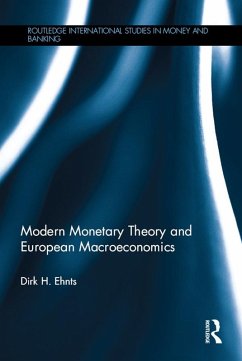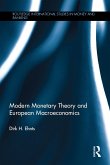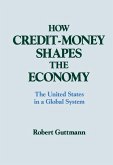Modern Monetary Theory and European Macroeconomics covers both the general case and then the Eurozone specifically. A very simple macroeconomic model follows which explains the major accounting identities of macroeconomics. Using this new methodology, the Eurozone crisis is examined from a fresh perspective. It turns out that not government debt but the stagnation of private sector debt was the major economic problem and that cuts in government spending worsened the economic situation. The concluding chapters discuss what a solution to the current problems of the Eurozone must look like, with scenarios that examine a future with and without a euro.
This book provides a detailed balance sheet view of monetary and fiscal operations, with a focus on the Eurozone economy. Students, policy-makers and financial market actors will learn to assess the institutional processes that underpin a modern monetary economy, in times of boom and in times of bust.
Dieser Download kann aus rechtlichen Gründen nur mit Rechnungsadresse in A, B, BG, CY, CZ, D, DK, EW, E, FIN, F, GR, HR, H, IRL, I, LT, L, LR, M, NL, PL, P, R, S, SLO, SK ausgeliefert werden.









